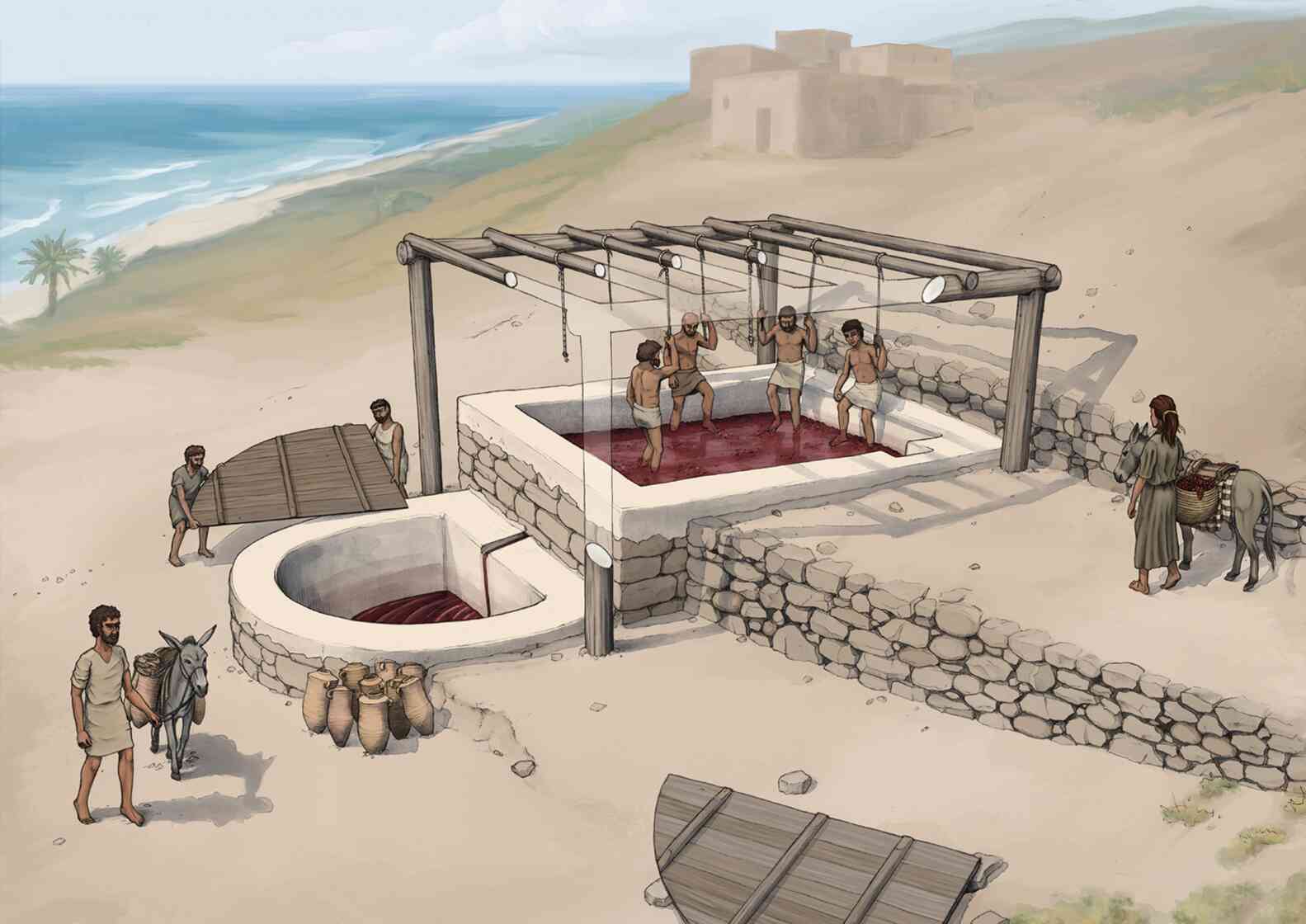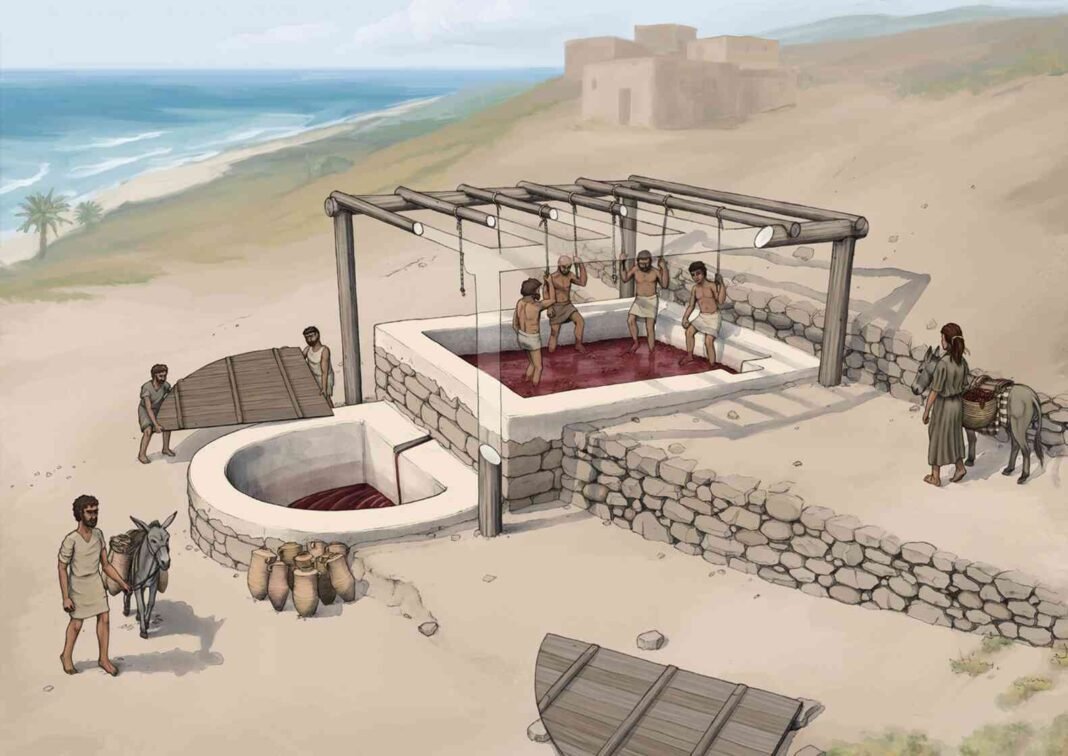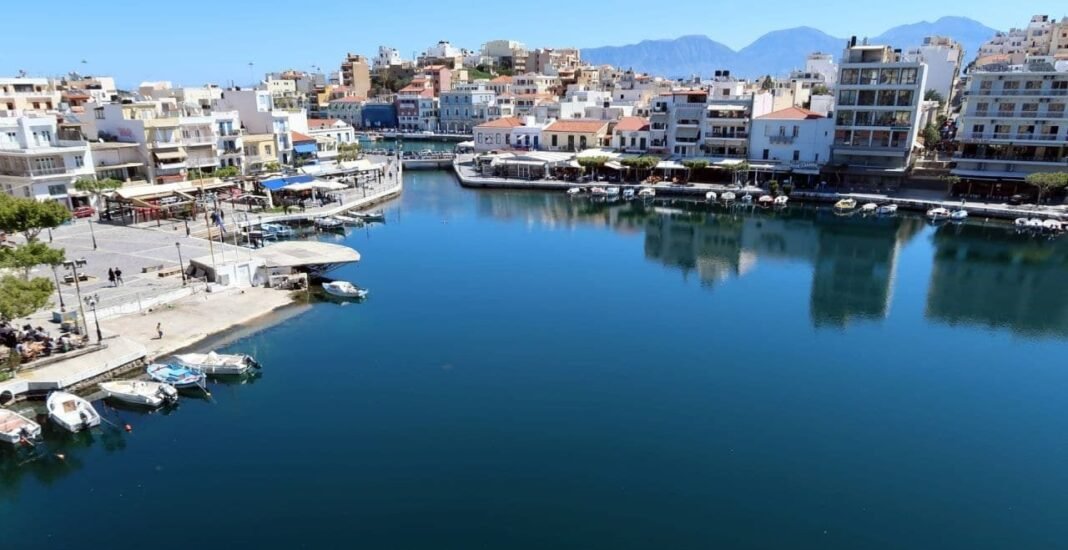
Archaeologists in southern Lebanon have uncovered what they say is the earliest known example of hydraulic lime plaster in Phoenician architecture. The material, discovered at the Iron Age site of Tell el-Burak, predates Roman concrete and shows advanced engineering and sustainability practices rarely seen in the Levant.
The findings, published in Scientific Reports in 2025, are the result of a multidisciplinary study of plaster samples taken from three installations at the site. One of these was a remarkably preserved wine press dating to around 725–600 BCE.
Wine press shows early sustainable construction
Located about 9 kilometers (5.5 miles) south of Sidon, Tell el-Burak served as an agricultural center for the Phoenician city-state.
Among its most prominent features is the large wine press, which includes a broad grape-treading basin linked to a fermentation vat capable of holding about 4,500 liters (1,188 gallons). Both were coated in specialized lime-based plaster.

Unique plaster composition predates Roman concrete
What makes the plaster distinctive is its composition. Researchers found crushed ceramic fragments—likely broken amphorae—deliberately mixed into the lime binder. These inclusions acted as pozzolanic material, chemically reacting with the lime to form a hydraulic mortar that hardened in wet conditions.

Lead author Silvia Amicone said the ceramic was not simply recycled debris. “The presence of ceramic aggregates wasn’t just about recycling waste—it was a technological choice to produce water-resistant, durable plaster,” she noted. The technique resembles early Greek and Aegean practices but had not been documented in Phoenician contexts until now.
Scientific testing confirms hydraulic properties
To confirm the plaster’s hydraulic nature, researchers used multiple scientific methods. Optical microscopy and SEM-EDS revealed reaction rims between lime and ceramic, a hallmark of hydraulicity.

X-ray powder diffraction also detected high-temperature mineral phases such as gehlenite and mullite. The thermogravimetric analysis confirmed water and carbon dioxide levels consistent with hydraulic classification, while organic residue analysis identified sulfur compounds likely linked to wine production.
Specialist labor points to elite-controlled production
Petrographic studies indicate that the ceramic fragments originated from pottery production waste at Sarepta, a major Phoenician ceramic hub located approximately 4 kilometers (2.5 miles) away. The fragments include both low-fired, highly reactive sherds and vitrified pieces fired at over 1,050°C (1,922°F). Their deliberate selection and transport suggest specialized labor and a centralized system overseen by elite planners.
Viticulture was central to Phoenician trade and innovation
The use of such advanced plaster in wine-making installations highlights the economic significance of viticulture in Phoenician society, both for local consumption and trade. It also reshapes the understanding of Mediterranean construction history.
The discovery shows that centuries before Roman concrete dominated architecture, Phoenician builders were already developing water-resistant mortars and adapting them to local needs—a testament to their innovation and influence across the region.


